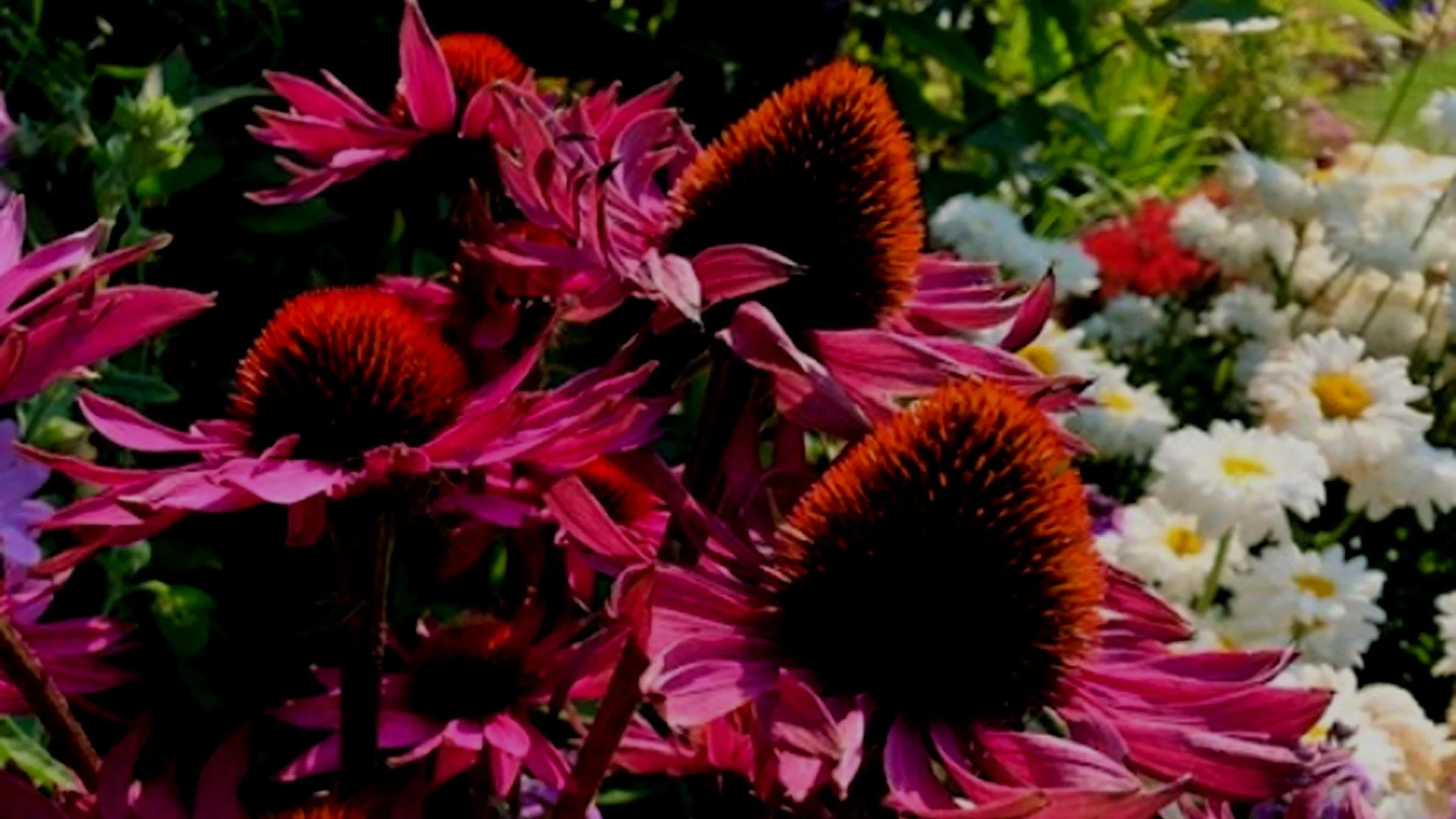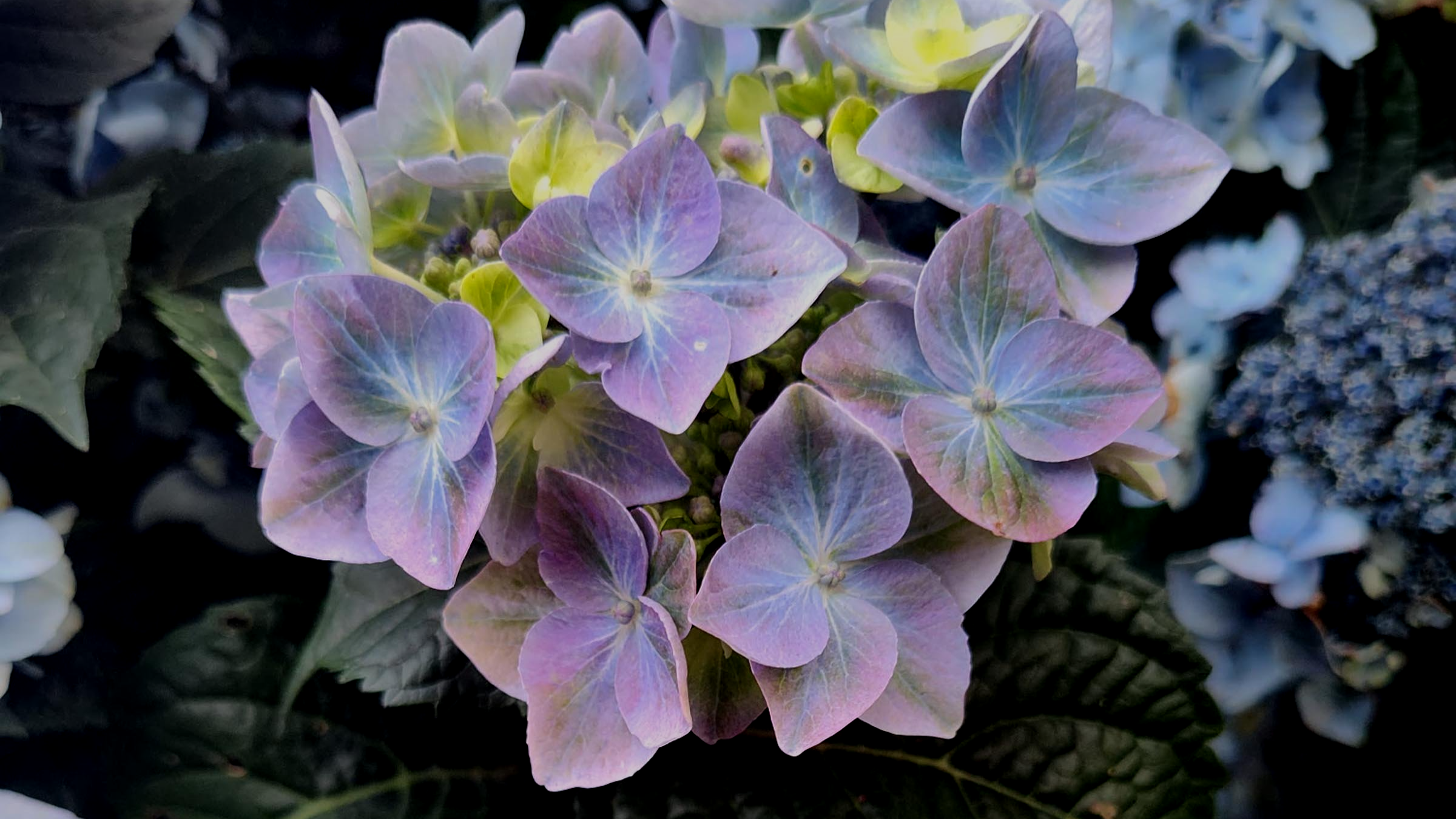As the warmer days of summer commence, it is the perfect time to talk about proper watering in the landscape. In our region we are blessed with plenty of rain to keep things green the majority of the year, but we also experience a very dry Mediterranean-type climate over the summer. I am sure that many, like myself, pay attention to the dreaded “D” word… drought. I believe this is because water is the ultimate precious resource to us all.
There are many factors that play into a declaration of drought by our leaders, and it is often specific to regions in our state. From what I am hearing, Western Washington is doing just fine, but this does not mean that we should be careless by any means. Wasting any natural resource is never acceptable, in my opinion, and it is always good practice every year to adopt new ways to save water in your home and landscape. I am not going to get into three minute showers and washing the car, I would rather talk about ways to save water in your landscape.
In the world of plants, some specimens can thrive on significantly less H2O, while others simply need more. The term “drought tolerant” is nothing new, but it seems to get thrown around more and more these days in conjunction with climate change. Natives are always great choices since they were born and raised right here and have acclimated to all of the niches of our specific climate. Plenty of ornamentals are drought tolerant as well, often labeled as such in garden centers. Just remember to water them wisely, as I think some gardeners see “drought tolerant” and think “no water required.” The truth is that once established, infrequent watering in the dry summer months is still needed, while newly planted specimens will need more frequent irrigation to develop their extensive root systems that will eventually make them drought tolerant.
As you consider your summer watering battle plan, here are a few thoughts to ponder…
Mulch, mulch and more mulch: Whether bark is your thing or compost fits the bill (like it does for me), a 3 to 4-inch thick layer of mulch conserves moisture and keeps weeds down. This is especially crucial with new plants, as mulching leads to survival in the summer heat. When we water less often, the mulch may dry out, but the roots are still happy below. Just be careful not to bury the crowns of plants – feather it out, thinner at the base and thicker away from the trunk/lower branches.
Irrigation systems: Some are blessed with sprinkler systems, which certainly saves some hose time, but to me these also invite waste. Most sprinklers that I see run way too often and way too long. You should be able to program it to run longer but less often, which allows the water to saturate deeply into the soil and encourages extensive root systems. Drip systems are a bit more accurate as you can dial in specific areas (or even specific plants, by choosing a different emitter) that need more or less water. Soaker hoses are a great option for many, and can be laid out with timers as well. These soakers work nicely on slopes and under established trees, both traditionally harder areas in the garden to keep irrigated.
Go medieval with a moat: For years I have sworn by this technique, with new plants especially… When you mulch a new plant at the base, create a ring of the mulch out from the center – a circle that essentially makes a small well. This way when you give extra water to new or sensitive specimens, the irrigation is focused at the base and collects around the roots, watering both deeply and thoroughly. This works nicely with Hydrangeas of all kinds; an example of a shrub that does need a bit more water in our dry summers.
Avoid the daily “blessing”: I see gardeners year after year run home from work and “bless” their landscape, walking about and showering plants of all kinds with a quick foliar spritz. Not only are you asking for disease by watering in the evening, but you are only getting the surface soil wet at best. First check the soil to see how far down it is dry and then water at the base of the plant, soaking the soil as deeply as needed. The moats mentioned above can also help focus this practice.
Container gardens and hanging treasures: This is a tough one for many, including me on occasion. Just because it is hot out does not mean that every single pot needs water every single day. I try to slide a couple fingers into the soil in order to see how far down they are dry. If it is dry 3 to 4-inches down into the pot, then water it. Overwatering will cause your plants to decline quickly, so always check first. Hanging baskets will often need a good soaking every day, especially as the summer progresses and pots become root bound. I try to reach up and lift it slightly – is it heavy or light? This might help you to keep these properly watered.
Protect your investments: Some of the most rewarding tasks in the garden are growing edibles, of all kinds. Keep in mind that plants that become drought stressed will abort bloom, then berries, fruits or veggies, then foliage, and then go dormant early or even perish. Check the veggie garden daily and keep those blueberries, raspberries and strawberries moist. Never allow fruit (even old plants) to dry out in the summer. With older trees soaking them once or twice a month works nicely, while newer trees need a bit more often. Edible plants would be the priority to me in any garden. Mulch will help all of these, but again, check your soil moisture before watering to avoid drowning anything.
Fresh green grass: It seems to me that lawns have become the poster child for wasting water, but I wholeheartedly disagree. It is perfectly acceptable to allow the lawn to go dormant in the summer heat, but I like my grass green in the summer. Lawns need about an inch of water a week to survive, so try a rain gauge placed out in the yard to see how much you are applying via a sprinkler. Those of you with sprinkler systems should be doing the same – I can almost guarantee that you are running your system way too long. By playing around with longevity and frequency to find that fine line of about an inch a week, you will still have green grass and save some water/money. I would also investigate grass seed options. A mix like ‘Black Beauty’ is perfect for the PNW with its much deeper root system, equaling added drought tolerance and less water use!
As the summer season commences, pause to consider the watering of your landscape. Perhaps incorporating some new devices or techniques will save some water while still allowing your gardens to thrive. A visit to the local garden center can help as knowledgeable staff can show you not only drought tolerant plants and natives but also help ensure that your new treasures will be safe from the season heat. I plant just as much in the summer as I do in the other seasons, and because I mulch properly, I still attain success. Remember to check newer specimens for water a bit more frequently, and I assure you that if you get the right plants in the right places this will not be a daily chore by any means. My hope is that you will incorporate a few of these ideas into your gardens, keep on planting this summer and watch your garden thrive and mature… all the while using a bit less water.
Remember, leaves up and roots down!



